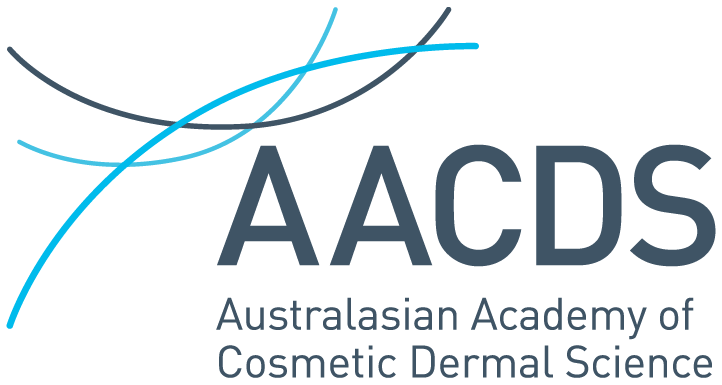WA Laser Laws FAQ
Prior to May 2018, only Medical Doctors could hold a licence to operate a class 3B or 4 laser. Non-medical practitioners can now apply to use a laser but be exempt from holding a medical qualification. There are three categories of exemptions from licence issued for cosmetic use of lasers for practitioners who have the qualifications mentioned in question one.
- Hair Reduction
- Superficial cosmetic procedures, which covers:
Vascular (excluding varicose veins
Pigmentation (excluding any raised lesions - Tattoo removal
*for more information please see the following link: https://www.radiologicalcouncil.wa.gov.au/News/2022/02/01/~/media/A7758639A90D4437886F202B41644E16.ashx
Licensing for Nurses
To be eligible for a licence, nurses must be registered as Division 1 Nurses with the Australian Health Practitioner Regulation Agency and must have attended a laser safety course recognised by the Radiological Council.
Licensing for Other Practitioners using Cosmetic Lasers
Persons who are not medical practitioners or nurses may be able to use lasers for cosmetic procedures with a current exemption from licence. An exemption from licence still requires an application to the Radiological Council and an exemption certificate to be issued. There are three types of exemptions from licence issued specifically for cosmetic use of lasers, the prerequisites are:
HAIR REDUCTION:
- have attended a laser safety course recognised by the Radiological Council;
- have undertaken minimum 25 hours practical training under the immediate personal supervision of a WA licensee for the use of lasers for hair removal.
SUPERFICIAL COSMETIC PROCEDURES
Non-ablative pigment and vascular treatments relating to age, rosacea and cherry angiomas. This excludes congenital and acquired vascular anomalies and pigmented birthmarks.
- have attended a laser safety course recognised by the Radiological Council;
- have undertaken minimum 100 hours practical training under the immediate personal supervision of a WA licensee as follows:
– Minimum 50 hours practical training for pigment treatments
– Minimum 50 hours practical training for vascular treatments
TATTOO REMOVAL
- have attended a laser safety course recognised by the Radiological Council;
- have attended a tattoo removal course;
- have undertaken minimum 100 hours practical training under the immediate personal supervision of a WA licensee. Of these 100 required hours, at least 50 must be in tattoo removal procedures; supervised practical hours obtained in the other above laser cosmetic procedures may be used to for the remaining hours.
Note: Immediate personal supervision requires the licensee to be present and maintain direct and continuous supervision of any person under the licensee’s direction.
The Radiological Council of WA has not specified laser procedures other than hair reduction, vascular, pigment and tattoo removal. Some fractionated laser procedures (eg. Fraxel®) will simultaneously treat pigmentation and skin texture, so this may be logged under ‘Superficial Cosmetic Procedures’.
The following AACDS qualifications are recognised by the Radiological Council of WA as meeting the criteria for laser licence exemption for superficial cosmetic procedures (vascular and pigment) and hair reduction categories.
- 52854WA Graduate Diploma of Dermal Science
- 52850WA Advanced Diploma of Cosmetic Dermal Science
- 52852WA Graduate Diploma of Cosmetic Nursing and Injectables
Completing an AACDS qualification will allow you to apply to the Council for your laser licence exemptions.
AACDS Graduates Prior to 1st January 2019
If you completed your practical training (Dermal Science practical) in WA prior to January 2019, you will need to complete a Laser Bridging Course.
At this stage the Radiological Council have not requested this. As an AACDS student, this is already included in your qualification and you will be able to demonstrate this to the Council if they decided to change the licence exemption criteria in the future.
As these changes have only recently been introduced, there may be some changes to the licence exemption criteria that Radiological Council will need to review. AACDS are working closely with the Council and will pass on any information or changes received as soon as possible, please check back for further updates/amendments.
Employees are often covered under the Indemnity Insurance of their employer, but it is up to you to clarify this with your employer and ensure the policy identifies the type of laser and its purpose. Clinic owners and managers must inform their insurance broker of the new laser equipment/procedure(s) prior to commencing laser procedures.
*please see the relevant legislation within your state on insurance requirements of your employer or yourself when using lasers.
The regulations for the use of IPL, Radio Frequency, Infra-Red or LEDs have NOT changed. There are no plans at this stage to review this.
Direct supervision means that the person required to exercise such supervision must be present and directly observing the use of the laser. All hours must be registered in a logbook.
If you would like to know more about completing your hours with AACDS, please contact us on: (08) 9328 6760 enquiries@aacds.edu.au Information about the changes can be found through the Radiological Council: https://www.radiologicalcouncil.wa.gov.au/Licences/Licence-Prerequisites
Both Queensland and Tasmania regulate the use of class 3B and 4 lasers. In Tasmania, laser is regulated through the Department of Health. In QLD, laser is regulated through QLD Health. AACDS qualifications are recognised by QLD Health as meeting the requirements for Laser Fast Track Licensing.
All three authorities provide mutual recognition.

